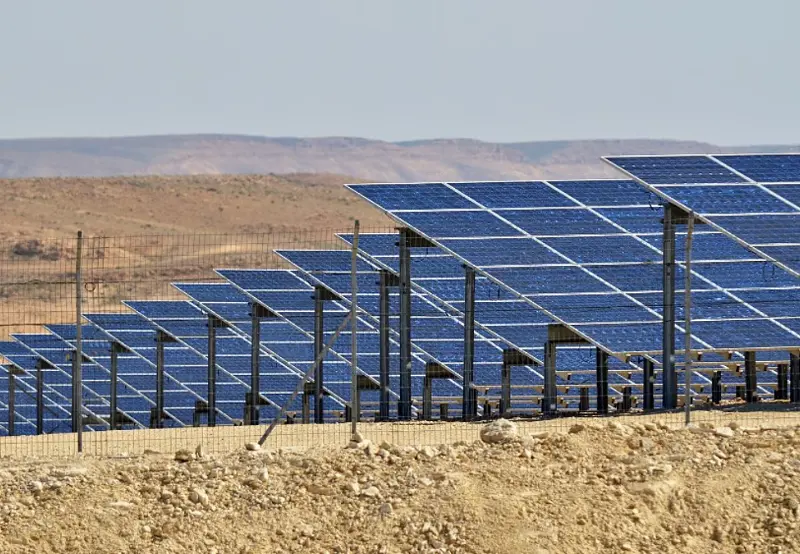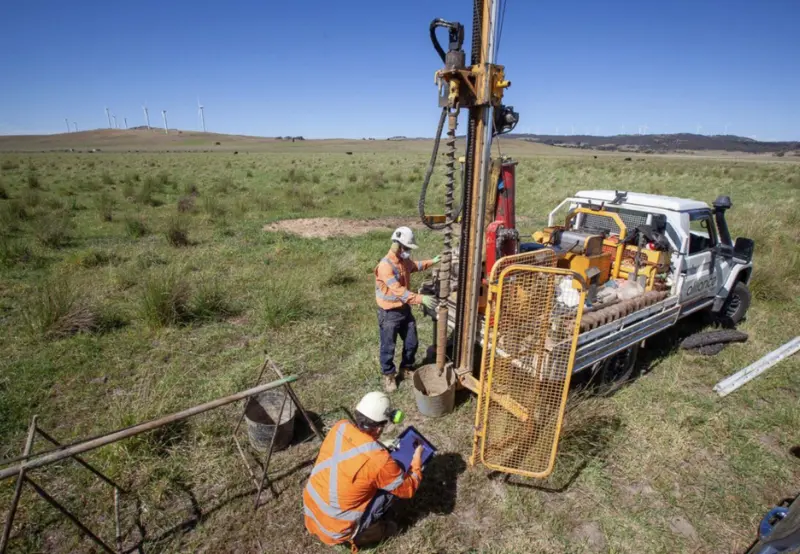The Tasmanian Central Highlands is set to become a powerhouse of renewable energy with the green light given to the ambitious Weasel Solar Farm Station. Located nine kilometres north of Bothwell on Weasel Plains, this project combines cutting‑edge solar generation with battery storage and sheep grazing ,truly an agrisolar marvel.
Project Overview
- Solar & Storage Capacity: Up to 250 MW solar PV with 144 MW / 576 MWh battery energy storage across roughly 435 ha of cleared farmland.
- Panels & Layout: Around 4,000 single-axis solar panels spread over 270 ha, ingeniously arranged to allow sheep to graze beneath them.
- Grid Connection: Plugged into the National Electricity Market (NEM) via an existing 220 kV transmission line,no need for new infrastructure.
- Renewable Energy Zone Placement: Sits within the T3 Tasmania Midlands / Central Highlands REZ, enhancing grid support and energy resilience.
Environmental Benefits
- Carbon Reduction: Expected to cut 44,000 tonnes of CO₂ annually equivalent to planting about 450,000 trees.
- Agrisolar Design: The innovative arrangement supports ongoing sheep farming, optimising land efficiency and promoting pasture health.
- Minimal New Impact: Ground installation focuses on cleared agricultural land; ecological and cultural heritage impacts are minimal, backed by heritage surveys.
Local Ownership & Economic Upside
- Landowner-Led: A collaboration between the Downie family (Dungrove), the Bowden family (Weasel Plains), and renewable energy specialist Andrew Clark of Alternate Path.
- Local Economy Boost: Estimated 300 jobs during construction, plus 20 ongoing positions in maintenance and operations.
- Regional Growth: Supports Inverness-local training, business opportunities, and reinforces Tasmania’s goal of becoming a renewable energy hub.
Powering Communities & the State
- Homes Powered: Generates enough clean energy to supply approximately 30,000 Tasmanian households about 10 % of the island’s homes.
- Advancing National Goals: It’s the latest of 89 projects backed by the federal government since 2022, contributing to renewable power for 11 million Australian homes .
Swift Approval & Future Timeline
- Expedited Timeline: Received federal environmental approval under the EPBC act in just 20 days .
- Operational Outlook: Expected lifespan is 30–40 years, with thorough decommissioning plans in place.
Why Weasel Solar Farm Matters
- Agrisolar Breakthrough
By fusing solar panel arrays with ongoing sheep grazing, the Weasel project revives a novel, sustainable farming model that improves soil health and local biodiversity, without sacrificing one for the other. - Smart Infrastructure Use
Connections to existing transmission lines lower costs and preserve the landscape, a smart blueprint for renewable integration elsewhere. - Community-Centric Approach
With local ownership and clear economic benefits, the project exemplifies how renewable energy can serve regional prosperity, not just environmental goals. - Consistent with State Ambitions
Under Tasmania’s REZ and the federal push for net‑zero, Weasel aligns perfectly with nationwide decarbonisation objectives.
What to Watch Next
- Construction Start Date: Following final permits, likely within the next 6–12 months.
- Agricultural & Environmental Monitoring: Rolling out programmes to assess pasture, carbon savings, and biodiversity gains.
- Community Engagement: Ongoing talks to ensure local voices continue to shape the project as it grows.
The Weasel Solar Farm encapsulates the future of clean energy, blending large-scale solar, battery storage, and agriculture in harmony. It brings cutting-edge environmental stewardship, regional investment, and energy reliability to Tasmania’s heart. As one of Australia’s newest renewable flagship projects, it puts Bothwell and the Central Highlands firmly on the map as a green‑energy powerhouse.





